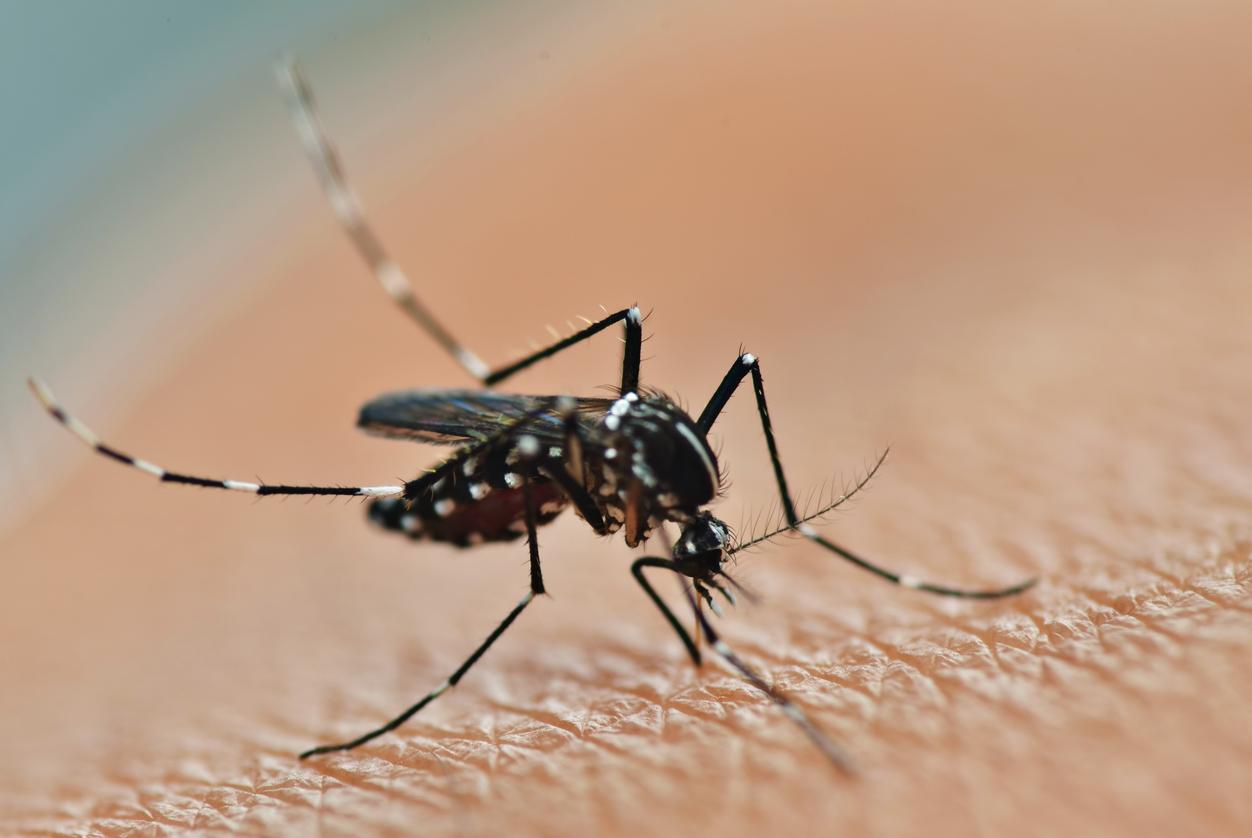Zika virus is believed to persist in the eyes and could be transmitted through the tears of infected individuals, depending on the results of a study published in the medical journal Cell Reports. These conclusions were obtained in mice.
Researchers at the University of Washington in the United States have infected rodents simulating a mosquito bite. They found the Zika virus alive in the eyes of the guinea pigs seven days later. These observations confirm that Zika is able to travel to and live in the eye. If they did not find the virus alive in the tears, they identified the genetic material of the virus there 28 days after the injection.
The experiment in mice helps explain why some patients with Zika virus develop eye disease, which can lead to permanent vision loss. Indeed, the study recalls that this infection causes in a third of the newborns infected during the pregnancy, from eye diseases such as inflammation of the optic nerve, retinal damage or even blindness. In adults, Zika virus can promote conjunctivitis, eye irritation and in rare cases uveitis, a drop in intraocular pressure which can lead to irreversible blindness.
Studies are needed to verify that Zika virus can live in human eyes
“Our research suggests that the eyes may be a reservoir for Zika virus“says Dr. Michael Diamond, professor at Washington University School of Medicine in St. Louis, co-author of the work.” Although we did not find Zika virus living in rodent tears, it does not mean that it could not be infectious in the eyes of humans for a period of time. “
“We are planning studies in people to find out whether the infectious virus persists in the cornea or other compartments of the eye, as this would have implications for corneal transplantation,” said Rajendra Apte, professor of ophthalmology. Other blood-borne viruses such as the herpes simplex virus have been accidentally transmitted through corneal transplants.
Read also:
Zika: an international registry to fight the disease
What you need to know about the Zika virus
Zika: a third of the population lives in a risk area


















